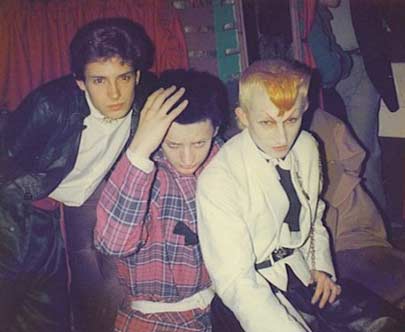Let’s follow that fire truck, I think your house is burning down
The pride expression is a fairly specific signal of high status. (…) The pride display may be best viewed as a gestalt signal in which the sum of various parts (expanded body posture, small smile, head tilt back, arms extended) transmits an automatically interpreted message. (…)
Pride expression sends a message that is distinct from that of happiness, consistent with a growing body of research suggesting that distinct positive emotions, such as pride and happiness, may have evolved to serve distinct functions. (…)
The high-status signal sent by pride expression also appears to be distinct from any message sent by anger. Previous research has shown that displays of anger lead observers to judge individuals as more professionally qualified than individuals displaying sadness. Thus, anger seems to convey a sense of power or competence, at least relative to a low-power (and presumably low-status) emotion such as sadness. Yet, the present findings suggest that the anger expression does not convey high status to the same extent as pride; in fact, when compared with pride, anger was relatively more associated with low status. (…)
The current results demonstrate that high-status perceptions of the pride expression are unelaborated and automatic. Indeed, this is the first research to suggest that our ability to rapidly and involuntarily assess social status may be due, in part, to our ability to automatically recognize and interpret displays of pride.
{ Azim F. Shariff and Jessica L. Tracy, Knowing Who’s Boss: Implicit Perceptions of Status From the Nonverbal Expression of Pride, 2009 | PDF | Continue reading | via OvercomingBias }



